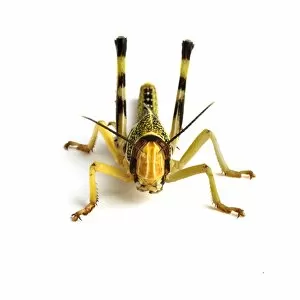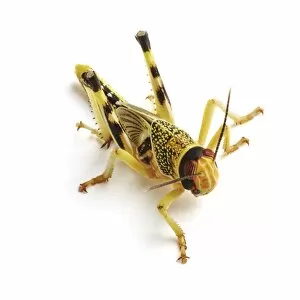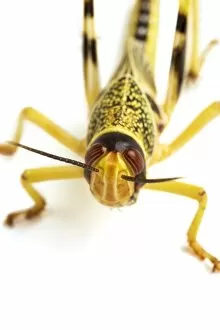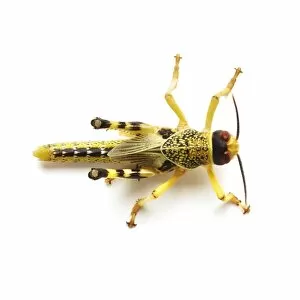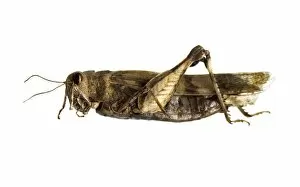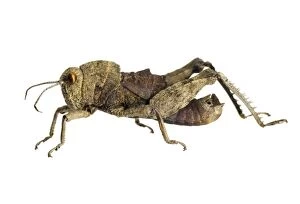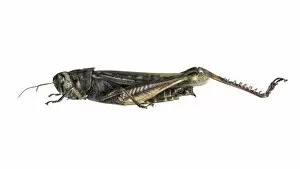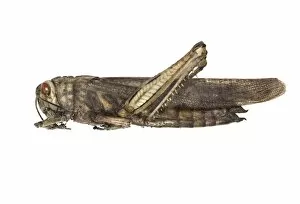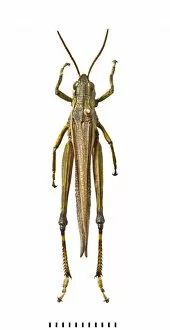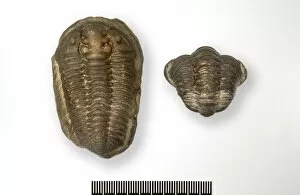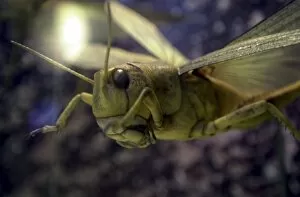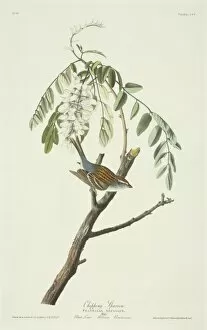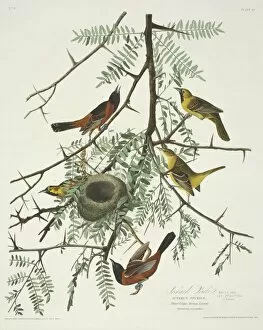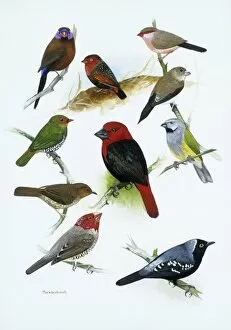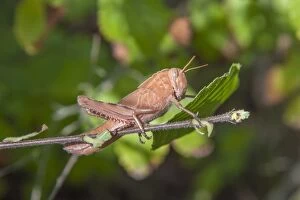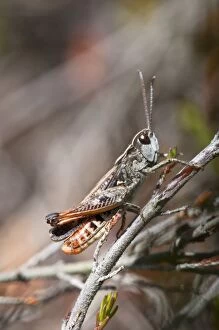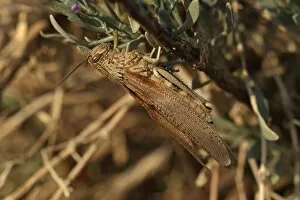Acrididae Collection (page 2)
The acrididae family, also known as the locusts and grasshoppers, encompasses a diverse group of insects with fascinating characteristics
For sale as Licensed Images
Choose your image, Select your licence and Download the media
The acrididae family, also known as the locusts and grasshoppers, encompasses a diverse group of insects with fascinating characteristics. One prominent member is the Schistocerca gregaria, commonly referred to as the desert locust. This notorious species has gained notoriety due to its ability to form swarms that devastate crops and vegetation in their path. On page 446 of "The Spotted Locust; an Indian Grasshopper; another Indian Grasshopper" from 1810-17, we can explore intricate watercolor illustrations accompanied by manuscript text depicting these intriguing creatures. The artwork captures their unique features and behavior. In contrast, the Meadow grasshopper (Pseudochorthippus parallelus) perched delicately on Common heather (Calluna vulgaris) showcases nature's harmonious coexistence. This RF-Meadow Grasshopper sub-adult was spotted at Vealand farm in Devon, UK during July—a testament to the resilience and adaptability of these remarkable insects. Delving into history, we encounter ancient remnants of locust trilobite fossils (C016/5993), reminding us of how long these creatures have roamed our planet. Additionally, Melanoplus spretus or Rocky mountain locusts hold significance as they were once abundant but are now extinct—an unfortunate reminder of environmental changes impacting biodiversity. Beyond their ecological importance lies artistic inspiration—depicted through captivating artwork showcasing a grasshopper creating music with its leg. Such creativity highlights the beauty found within nature's smallest wonders. Lastly, Chorthippus brunneus—the Common Field Grasshopper—perches gracefully on a green twig in side view. Its presence reminds us that even amidst vast landscapes or urban settings alike, these resilient creatures find solace and thrive.

